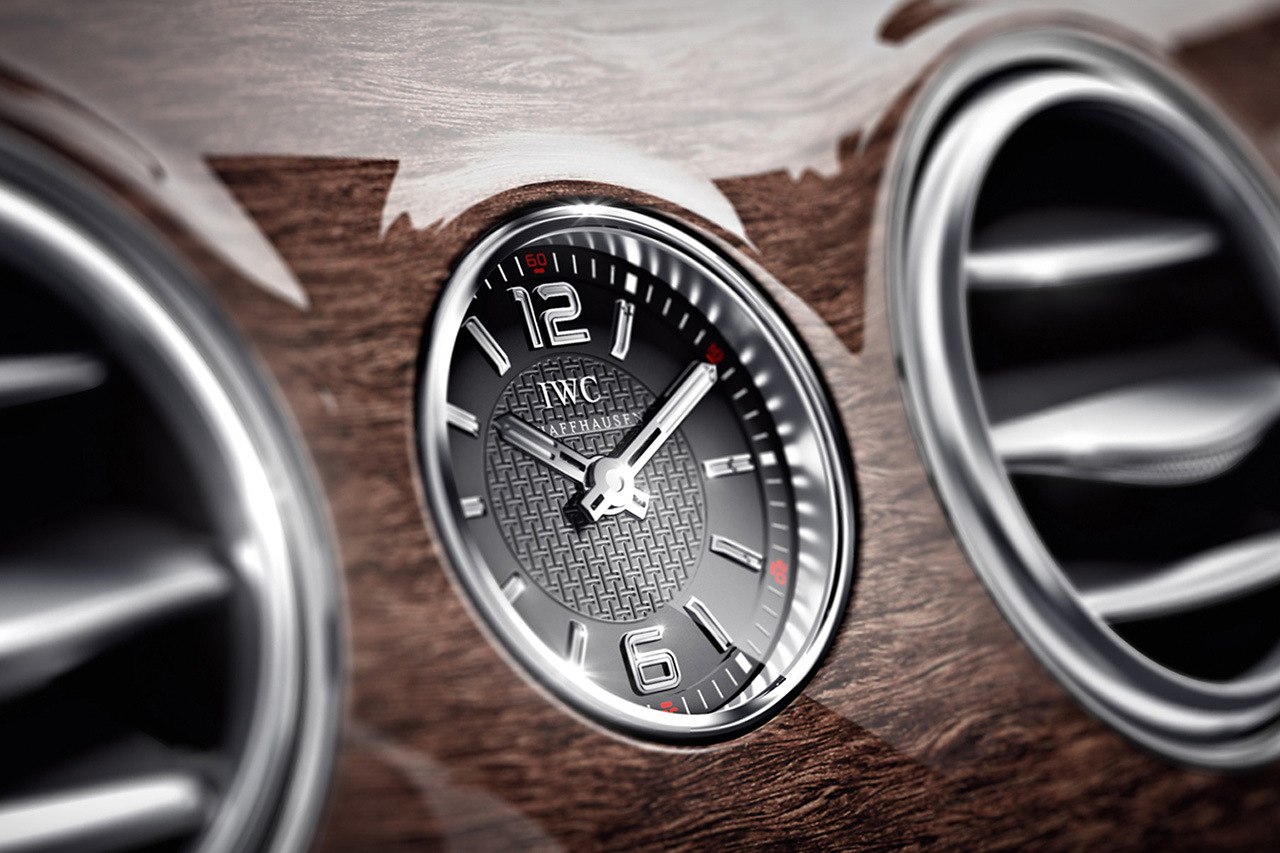Brand Partnerships: Part One

In recent years, brand collaborations have become one of the most effective and interesting ways to grow your following. When two brands partner to create something, they can simultaneously drive traffic to one another and grow. There are many ways to go about doing this. Occasionally, both brands share a similar target consumer, which reinforces the ‘hype’ or popularity around these exclusive collaborations.
Today we are taking a closer look at the what & why of brand partnerships.
Define Partnership
Work is easier when the load is shared. In the business world, we constantly have blinders on, considering only the issues that lay directly in front of us. When you transition your mindset from ‘how does this affect me’, to ‘how does this affect the industry/economy at large’, you open the door to strategic partnerships. Perhaps there is a component which you are inefficiently producing, and another company is doing it well. Why not partner with them? You get a more efficient operation, and both companies can produce only what they excel at – this leads to a superior product.
This is quite ambiguous without an example, so let’s examine Mercedes Benz.
Since 2004, Mercedes Benz has had an ongoing partnership with IWC Schaffhausen, a Swiss luxury watch manufacturer. Mercedes, a brand which obviously does not excel at producing luxury timepieces, partnered with IWC in order to install clocks in their dashboards. This elevates the appeal of their luxury vehicles, and allows both brands to get exposure to separate communities. It simply makes sense, but we’ll also be diving into the specific steps for brand partnerships in our next post.
Why Bother?
A well planned partnership can do wonders for a brand. It can help develop new revenue streams, garner consumer attention for future product releases, or cement your brand positioning within the market. That IWC dashboard clock could be the differentiating factor of a consumer choosing a Mercedes over a BMW. It cements the luxury brand positioning. That same dashboard clock now plants the seed of desire in the mind of the consumer to have an accompanying IWC timepiece. Partnerships can set you apart from your competition, and allow you to have some fun along the way.
They also allow you to shake things up – consider this.
You’ve been doing the same thing for years. Operating your business with the same fundamentals; offering a great product or service. People are continuing to buy, but growth is slowing. The consumer knows what you offer, and nothing has monumentally changed since you began. Consistency is impressive, but variety is the spice of life. If you want continued growth, a brand partnership is one of many creative routes you can go down.
So how do you make it happen?
We invite you to check out our next post where we discuss how to properly execute a brand partnership, alongside a few considerations.
We’ll see you there.
Image Credits to Professional Watches
